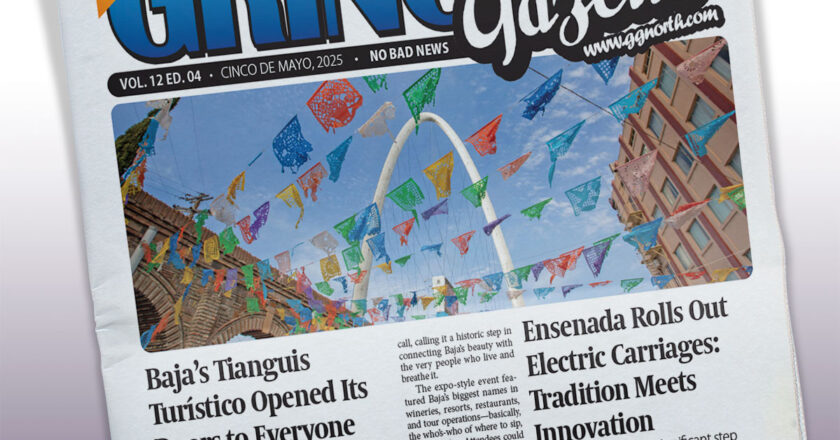How to download a PDF of this publication:1. Locate the icon toolbar at the bottom part of the newspaper window. …


How to download a PDF of this publication:1. Locate the icon toolbar at the bottom part of the newspaper window. …

How to download a PDF of this publication:1. Locate the icon toolbar at the bottom part of the newspaper window. …

How to download a PDF of this publication:1. Locate the icon toolbar at the bottom part of the newspaper window. …

How to download a PDF of this publication:1. Locate the icon toolbar at the bottom part of the newspaper window. …

Good news, San Felipe — your community hospital just got a serious facelift. Governor Marina del Pilar Ávila Olmeda stopped …

Yes, You’ll Survive Two Days Without the Bank If you were planning to do anything remotely bureaucratic this Thursday or …

How to download a PDF of this publication:1. Locate the icon toolbar at the bottom part of the newspaper window. …

How to download a PDF of this publication:1. Locate the icon toolbar at the bottom part of the newspaper window. …

How to download a PDF of this publication:1. Locate the icon toolbar at the bottom part of the newspaper window. …

How to download a PDF of this publication:1. Locate the icon toolbar at the bottom part of the newspaper window. …